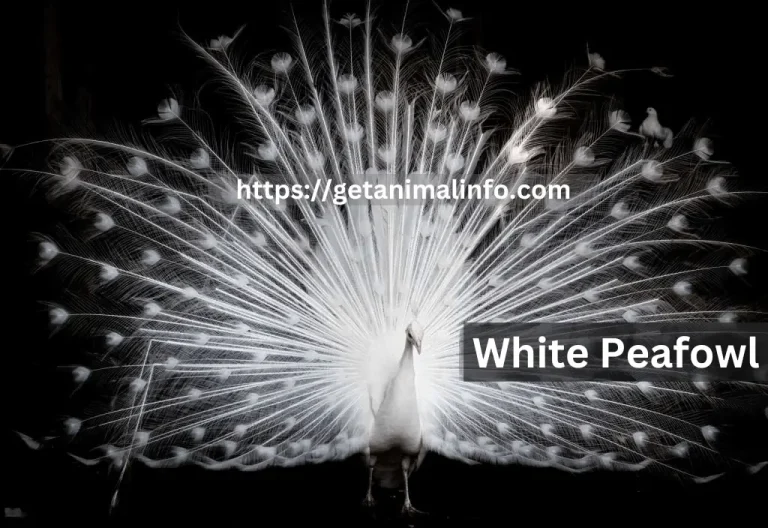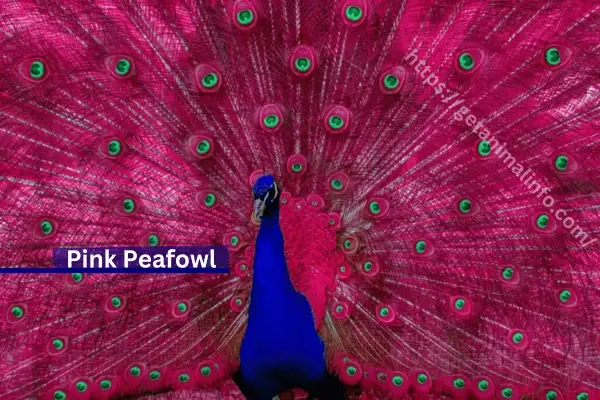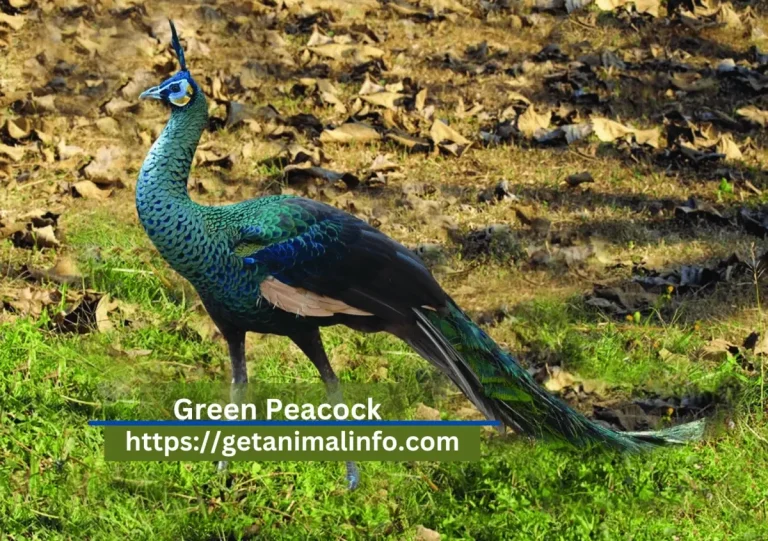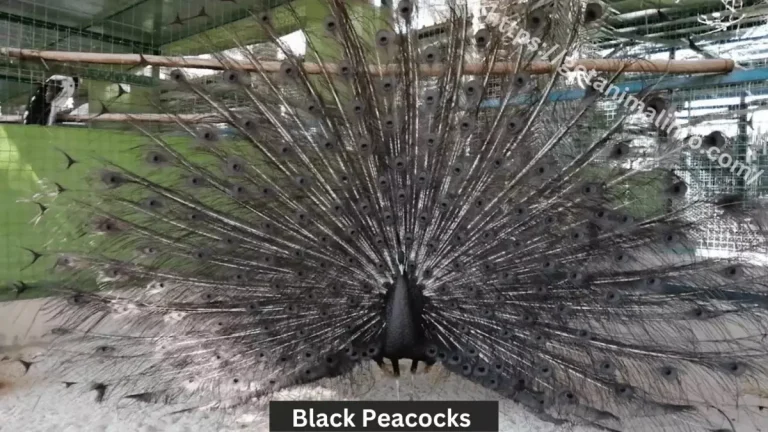Purple Peacocks-Facts, habitat and Conservation

Peafowls are magnificent and colorful creations. They are known as the King of Beauty. They are spreading positivity with their aura to the people around them. They can be found in several colors worldwide but they are native to India and Southasia. Normally when we hear about peacocks we imagine them in blue, green, or brown color. But other color peafowls are also available on the planet like black, white, peach, and purple. These peafowls are appeared under genetic mutation. They are rare colored peafowls and can be found in specific areas only. Out of all these rare color peafowls purple peafowl is the scarce one.
Purple peacocks are called Burmese peacocks, the most captivating and majestic kind of peacocks. Just imagine a magnificent creature with deep purple and violet colors spreading its feathers in the air and dancing in its full joy. It’s not something made up but a real purple peacock enjoying it to its fullest. Purple peafowls have undeniable beauty and aura that nobody can resist to appreciate the miracles of nature. They are incredibly pretty and capture the hearts of viewers. In this article, we will learn about the origin of purple peacocks and some facts about them.
You can also read
Discovery of Purple Peafowls
Purple peafowls belong to the Indian peafowl species. we can say that purple peafowls are subspecies of Indian Peafowls. These Indian peafowls are found in the Indian subcontinent, Thailand, and Southasia. As far as specifically purple peafowls are concerned they can be found in some places in Indonesia, Southeast Asia, Thailand, and Burma. The first ever purple peafowl was hatched by a Black Shouldered hen in Arizona in 1987. Roughwood Averies from Texas, USA purchased this purple peachick to develop this mutation.
purple peafowl is extremely low in numbers, so there are only a few hundred in the whole world. Genetic engineers are trying to increase the breeding of these subspecies in purple. They are adapting such policies to enhance the count of purple peafowls and ensure their survival in the long run.
Breeding of Purple Peafowl
Breeding of peafowls is an interesting art. For this purpose, people have to understand the environment and habitat suitable for peafowls. The breeders of peafowls are experts at this job. Healthy male and female peacocks should be chosen for mating to breed. Peacock spread its wings to attract peahen for mating. This act of spreading feathers and dancing to impress peahen is called courtship. The scenery of courtship is no less than a fantasy. It’s so captivating to the eyes that people travel long to see this.
A black shoulder peahen hatched a first-ever purple peacock. Now the projects have been developed to increase the breeding of purple peafowls. When a purple peacock mates with a purple peahen then there is a 99% chance that the peachick would be purple. After mating peahen choose bushes to lay eggs or make a nest for this purpose. It takes four weeks for the eggs to hatch, during this time peahen take good care of them. When the eggs cracked, cute little peachicks came out. These babies have light brown or skin color feathers on their bodies that later turn to purple with their growth. These young peafowls grow rapidly under the eyes of their parents. Good nutrition food and a comfortable environment are mandatory for the good health of these peafowls. The efforts of providing habitat and proper food to purple peafowls help to keep going this species.
Varieties of Purple Peafowls
The world of purple peafowl is not limited to one shade of purple but it includes an array of fascinating varieties. All of them carry unique characteristics and charm in them. One prominent subtype is Indian peafowl which is scientifically called Pavo Muticus Muticus. This variety is native to the Indian Subcontinent. They are particularly found in some regions of India and Sri Lanka. These peafowls have vibrant hues that prove their richness in beauty.
The purple peafowls differ in their appearance according to their species. Some of them have purple necks and colorful feathers while some of them have purple feathers too. Similarly, the shade can also differ respective to their native specie. United Peafowl Organization (UFO) has addressed that there are a total of 220 varieties of peafowls. Out of which 20 varieties are of purple peafowl only.
Physical appearance of Purple peafowl
Purple peacocks have a deep purple color on their neck, chest, and belly. The feathers have different other colorful shades as well with purple eyes in tail plumage. They are more likely resembled to blue-colored Indian peafowls. The reason for the resemblance is the genetic mutation of blue Indian pefowl. The bright and sparkling purple hue is captivating and adds charm to their beauty.
The plumage of purple peacocks has prominence of purple shade with some other colors. It seems like the feathers have a mesmerizing play of colors including the shades of blue and violet. They create a stunning display of plumage while spreading the feathers in the air. The colorful play on plumage is so fascinating to the eyes.
Both male and female peafowls are larger in size similar to Indian peafowls. But male peacocks are slightly larger in size than female peafowl or peahen. Adult males can reach a length of around 100-120 cm (39-47 inches) and weigh between 3 to 6 kg (6.6 to 13.2 pounds).
A distinctive feature of the purple Peafowl is the crest on the head of both males and females. This crest is made up of extended feathers that contribute to the bird’s regal appearance. Their faces have vibrant skin patches around the eyes and on the neck.
Like other peafowls purple peafowl also have a long tail that is called a train. Which are used in intricate courtship displays. This train plays a crucial role in attracting mates. Their powerful feet have sharp claws that help in scratching the ground for food.
Feeding Habits or Diet of Purple Peacock
Purple peacocks are not just about their attractive looks but they are environmentally friendly too. They are omniverse which defines their diverse diet. That includes both plant and animal matter. In plants, they like to eat seeds, fruits, berries, and vegetation, and in animal matter, they consume insects and small reptiles. This balance of diet helps to maintain the ecological environment in their habitat. They adapt themselves according to the feed available to them in their habitat. For a healthy peacock, a portion of both plant and animal matter should be available to them. Although it is not necessary to provide them with each of the mentioned foods, few of them could find it by themselves. For example, they can eat seeds, insects, and small reptiles from their habitat by scratching the soil with their sharp claws. Their watchful eyes are a big support for them to find insects and seeds. This makes their habitat free from harmful insects. Peafowls get some moisture from their food but they also require access to fresh water. So it is necessary to create an artificial waterfall in their habitat if it is naturally not available.
Habitat and distribution of Purple Peafowls
Purple peafowls are bred under genetic mutation and a rare coloration peafowls. So they cannot be found in forests and open places. These breeds are kept in manmade habitats. These habitats are specifically built for them by keeping in mind their liking so they can feel at home. Purple peafowls like to live in open spaces for the display of their courtship. They prefer areas with greenery and waterfalls. So the breeders made their habitat in large green areas with natural or artificial waterfalls. They happily roam with their long tail and wide feathers in the green and wide place. People who want them as pets, keep them in a wide green courtyard or farmhouse with a beautiful fountain.
As this purple peafowl is a rare breed with enchanting beauty, so people love to see them during their courtship. There is no other match of the scene when they spread their wide purple-eyed feathers in the air and dance around their female mates. So the wildlife experts place them in the zoo for the people. They can be found in the zoos of different countries worldwide but specifically, they are available in the USA, UK, Thailand, Sri Lanka, Myanmar, and India.
Cultural Significance of Purple Peacocks
From an ancient time, peacocks have been linked to some beliefs. They have significant importance in different cultures not because not only because of their distinctive hues but their link with some strong religious beliefs. In Indian culture, peacocks are linked to Lord Murugan showing purity, and love, while according to Greek methodology, they are related to Goddess Hera. She used peacock feathers to decorate her chariot.
Purple peacock because of its distinctive and intriguing color symbolizes royalty, wealth, pride, and beauty. Because of all these beliefs and symbolizations, purple peacocks have been given much importance. It’s not about being superstitious but all these beliefs have developed with the experiences and observation of past people.
Facts about Purple Peacock
Conservation Efforts
Purple peacocks are very elegant but they are rare a breed. Only a few hundred purple peacocks exist in the world. Even though purple peacocks are charming, they are in danger because their habitats are disappearing. The other threat to them is that people are hunting them illegally. These threats make it important to work hard to save these amazing and delicate birds. Such kind of rare species cannot be taken for granted. We have already lost more than 200 species of birds from our planet Earth. So we have to work for the survival of these natural beauties.
The breeders and wildlife researchers doing their best to keep the places where they live safe and secure. It makes more people understand why it’s crucial to protect these birds. They are working to enhance their breeding so that we cannot lose this unmatchable beautiful plumage. The projects have been developed for their conservation purpose to ensure they survive with us on this planet for a long time. Wildlife researchers have also introduced awareness programs for the general public, so they can play their part in surviving nature. The breeders are also making efforts by providing them safe environment similar to their habitates.
Purple Peacocks Pros and cons
Pros
Cons
Faqs
Conclusion
Purple peacocks are known for their distinctive color plumage and delicate beauty. These rare birds are native to blue peacocks in the Indian Subcontinent. They are considered a subspecies of Indian peafowls. The first purple peacock appeared in 1987 in Arizona. They can be found in India, Myanmar, Sri Lanka and Thailand. They have magnificent beauty and loud calls. Their elegant and beautiful violet color makes them look different from other peafowls.
Purple peafowls have been bred under genetic color mutation. Because of their distinct coloration, they are very few. Conservation efforts are needed to increase their number. Genetic engineers and breeders are working for the preservation of this rare color peafowl. The projects have been developed for aware people of the scarcity of these elegant birds. They have a limited life span, but with better care and a healthy diet, their survival for a long time is possible.






